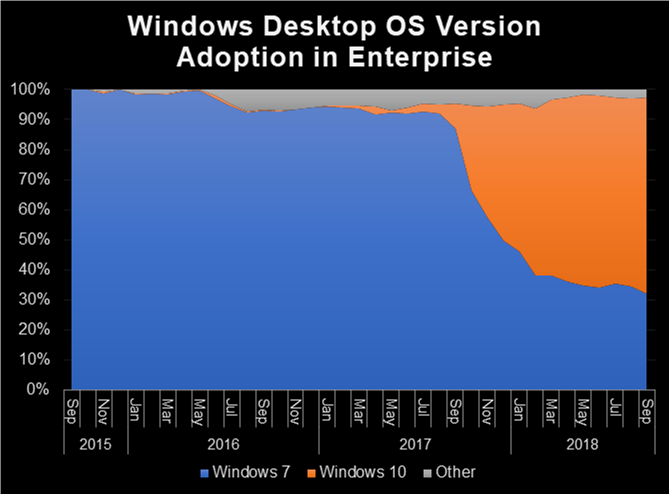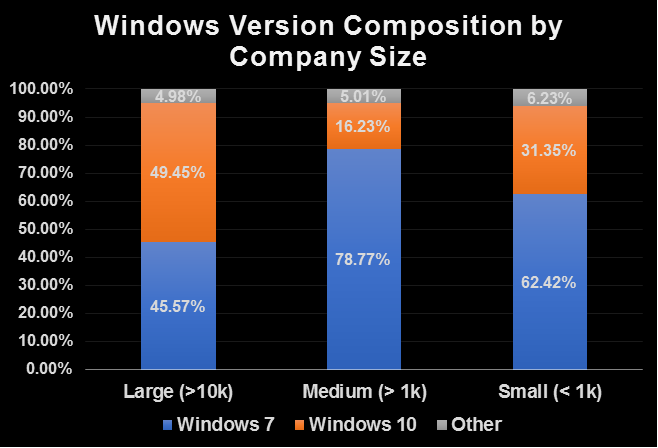Windows 7 to Windows 10 Migration: Who’s Migrated and What’s Holding Businesses Back?

It’s been more than three years since the release of Windows 10, yet many enterprises are still early in their Windows 7 to Windows 10 migration journey. Although Microsoft has extended support of Windows 7 until 2023, the choice to delay the upgrade beyond the initial January 2020 deadline will likely come with a steep price tag.
Microsoft’s focus on keeping Windows “Evergreen” has only served to solidify the Windows as a service nature of their “final” desktop OS release. This does come with several planning considerations that we’ve highlighted in the past. The continual deployment of updates is a significant shift in the dynamic that IT organizations have dealt with to date. Ultimately, it seems like the shift is set to cement a changeover to one where many of the facets of management that were completely under the purview of a company’s IT administrators now fall under Microsoft’s control. However, for many organizations, all of that talk is still a speculative concern on the horizon.
We’ve posted some content from our anonymized SysTrack Community in the past and with Ignite around the corner it seemed like an ideal time to dig back in and provide an analysis of the current state of Windows in our enterprise customer base. Just how many of our customers have done full scale deployments of Windows 10? And what’s the overall percentage of an average customer base on each version of Windows?
The Findings: Where Enterprises Are in Their Windows 7 to Windows 10 Migration
One of the first questions to explore is the current state of Windows deployment in the enterprise. So, as of today where do Lakeside customers stand in terms of total devices?
| Win10 | Win7 | Other | |
| September 2018 | 65.4% | 31.9% | 2.7% |
There a few things to note in the above results. First, many of our customers have completed large-scale deployments of Windows 10. Overall the adoption of Windows 10 seems to have followed a fairly rapid trajectory in 2017 with mostly intermittent testing prior to that, but once the momentum started it very rapidly picked up a significant portion of the overall desktops in the enterprise.
The next compelling question is this: who will be impacted by the upcoming Windows 7 support charges?
The above chart shows the current state of Windows version composition (as of September 2018) segmented by organization size. This analysis yields something fairly interesting: it seems that larger enterprises are much more mature in their adoption of Windows 10. Additionally, the most exposed segment of the market in this case appears to be moderately sized enterprises as they continue to have mostly Windows 7 deployed. With Microsoft’s forcing function auguring serious costs on the horizon, it seems like an ideal time to start the process of a Windows 10 update.
What’s Stopping Organizations from Adopting Windows 10?
This data can’t tell us why enterprises have yet to migrate the majority of their systems, but there are several potential reasons as to why this might be. I’m addressing them here because, while there are valid concerns surrounding a major Windows refresh, there are also some popular misconceptions.
Reason #1: Previous Upgrades Were Painful
Many IT pros will remember previous upgrades, such as Windows XP to Windows 7, with a little bit of residual fear and are understandably less than eager to jump on the Windows 10 bandwagon. In large part our experience has shown that this was very much related to a lot of uncertainty about the overall state of what was in active use in the environment (everything from the active application portfolio to the devices that were being used). Obviously there’s a lot of complexity to exercises like this, but SysTrack can help understand the state of things and ease a transition.
Reason #2: Ceding Visibility and Control to Microsoft
Windows 10’s delivery and update structure does mean that some of the core functions of updating and maintaining Windows are no longer under IT’s control. Many existing IT organizations are understandably concerned about this considering some past issues, and the loss of visibility can also be a problem in and of itself. IT doesn’t have to be in the dark, though; SysTrack monitoring at the system level allows you to keep track of what’s actually happening in your environment, including when Microsoft patches are applied and what effect, if any, they’ve had on performance and end-user experience.
Reason #3: Windows 7 Is Still Working
Windows 7 is a good OS and some enterprises may not see the value in upgrading to Windows 10, even if that means paying through the nose for extended support. There could be some compelling reasons to upgrade, though. Our own analysis of the differences between the OSs has shown that Windows 10 users tend to have a better end-user experience, particularly when coupled with VDI.
No matter what size organization, SysTrack can help make the prospect of a Windows 10 transformation simpler and easier.
If you’re coming to Ignite, stop by our booth to talk to us about where you are in your Windows 7 to Windows 10 migration journey. We’ll also be showcasing our latest product release, SysTrack 8.4.
You may also be interested in…
Subscribe to the Lakeside Newsletter
Receive platform tips, release updates, news and more





